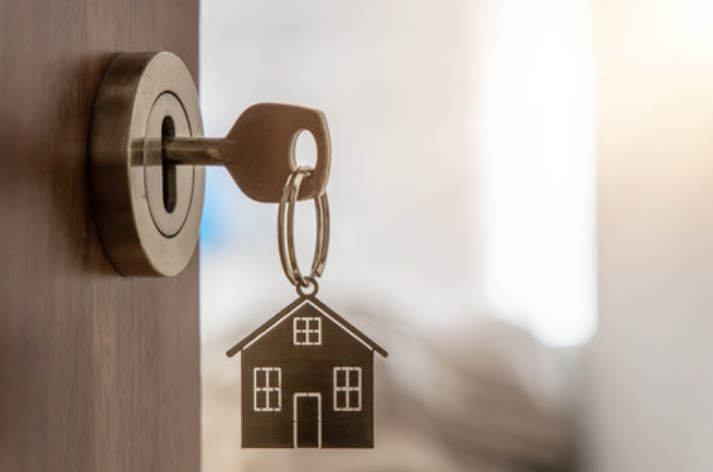What’s Not Covered in a Standard New Home Inspection?
When buying a new home, a standard inspection is a crucial step—but it’s important to know what’s not included. Understanding these limitations can save you from costly surprises and help you make informed decisions about specialty add-on inspections.
What Does a Standard New Home Inspection Cover?
A standard home inspection typically includes a visual assessment of the property’s accessible areas, such as:
- Foundation and structure
- Roof and attic
- Electrical, plumbing, and HVAC systems
- Windows, doors, and insulation
Inspectors focus on visible defects and safety concerns. However, they do not open walls, ceilings, or floors, nor do they test for hidden hazards or environmental issues.
What’s Not Included? Common Limitations
Even the most thorough inspectors are limited by time, access, and the non-invasive nature of the inspection. Here’s what’s usually not covered:
- Hidden Mold: Mold behind walls, under floors, or in inaccessible areas is not visible during a standard inspection. Mold testing requires specialized equipment and sampling.
- Radon Gas: This colorless, odorless radioactive gas can only be detected with specific radon testing—not part of a routine inspection. Radon is a leading cause of lung cancer and is especially relevant in Northeast Ohio.
- Sewer Line Issues: Inspectors do not scope sewer lines. Blockages, tree root intrusions, or pipe collapses can go undetected without a sewer scope inspection.
- Asbestos, Lead, and Other Environmental Hazards: Identifying these requires laboratory analysis and is outside the scope of a standard inspection.
- Obstructed or Inaccessible Areas: Areas blocked by furniture, storage, or locked doors may not be inspected. Inspectors note these limitations in their reports.
- Pools, Spas, and Outbuildings: These are often excluded unless specifically requested as add-ons.
Why Consider Specialty Add-On Inspections?
Specialty inspections go beyond the basics to protect your health, safety, and investment:
Add-On Inspection What It Detects Why It Matters
- Radon Testing Radioactive gas levels Prevents long-term health risks
- Mold Inspection Hidden mold and air quality Protects against respiratory problems
- Sewer Scope Sewer line blockages/damage Avoids costly repairs and backups
- Water Quality Contaminants in water supply Ensures safe drinking water
- Termite/WDI Wood-destroying insects Prevents structural damage
These services require specialized tools and expertise, offering peace of mind and a more complete picture of your new home’s condition.
When Should You Add These Inspections?
Consider specialty add-ons if:
- The home has a basement or is in an area known for high radon levels.
- There’s a history of water intrusion or visible moisture.
- The property is older or has trees near sewer lines.
- You want to ensure your family’s health and avoid unexpected costs.
Take Action: Protect Your Investment
Don’t let unseen hazards threaten your dream home. Schedule specialty inspections—like radon, sewer scope, and mold testing—alongside your standard home inspection for total peace of mind.
Ready to make your next move with confidence?
Contact Cuyahoga Valley Inspections today to customize your inspection package and safeguard your Northeast Ohio home investment!

